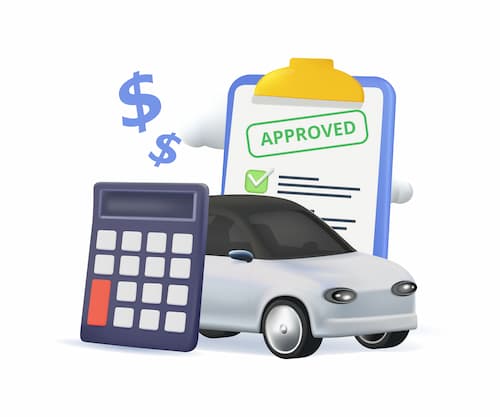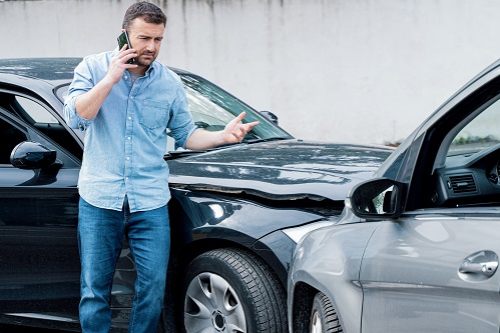Should I get gap insurance?
Gap insurance isn’t always necessary. There are a handful of situations in which you should purchase gap insurance for your car, says David Adler, president of the Adler Insurance Group, a Denver-based insurance carrier.
Gap insurance can be a good investment if you lease or finance your car and have negative equity. In layman's terms, negative equity means you owe more money on the car than what it's worth.
You may have negative equity if:
- You made a down payment of less than 20%
- You chose a long lease term
- You purchased a car that depreciates very quickly
And remember, cars depreciate as soon as you drive off the lot -- you might be surprised to learn that your car is worth less than what you imagine.
How does gap insurance work?
Gap insurance is optional car insurance coverage for drivers who lease or finance their vehicle.
If a car is totaled or stolen before the car loan is paid off, gap insurance covers the difference between the car's depreciated value and the amount of money you still owe.
Many major insurance companies offer gap coverage, including American Family, Liberty Mutual, Nationwide, and Travelers.
How much does gap insurance cost?
Depending on where you live, gap insurance costs between $70 -$275 per month. Apart from your location, the cost of gap insurance also depends on a few other factors, including the value of your vehicle and the car insurance company.
Gap insurance from a car insurance company may be cheaper than buying it through the dealer, so be sure to compare your options before you buy.
When do you need gap insurance for your car?
Gap insurance on a lease or loan is never a legal requirement. However, having gap coverage is useful in certain situations.
Here are some of the scenarios in which you might decide to purchase a gap insurance policy:
- You recently leased a new vehicle.
- You finance your car with a loan.
- Your loan repayment period is five years (60 months) or longer.
- Your down payment is less than 20% of the car's purchase price.
- You bought a vehicle that has a high rate of depreciation.
When can you skip gap insurance?
Even if you have an car loan or lease, you don't necessarily need gap insurance. If you own your vehicle outright, you can definitely skip gap coverage.
However, you can also decline gap coverage if you put down a large down payment on the vehicle, are financing the car for a short period of time, or have a car that is known to hold its value.
What happens if you don't have gap insurance?
If you don't have gap insurance, you will be responsible for any remaining balance on your loan after the car insurance settlement.
Since car insurance pays only the actual cash valueActual Cash Value (ACV) is the current market value of your car, considering depreciation. It's the amount your insurance will pay if your car is totaled or stolen. of your car and not the amount you owe on the loan, you can't count on an insurance payout to cover your loan balance if the car is a total loss.
How do you qualify for gap insurance?
There is no formal qualification process for gap insurance, but not all drivers can get this type of coverage.
If you lease or finance a brand-new car or a car that's only a few years old, you should be able to buy gap insurance. However, insurance providers don't usually sell gap insurance for used cars over three years old.
Also, gap insurance isn’t sold to drivers who own their vehicles outright since there’s no reason to have gap coverage.
FAQ: Gap insurance
Should you buy gap insurance from a dealer?
If you're deciding where to purchase gap insurance, it's almost always a better deal to get coverage through your car insurance company rather than a dealership.
"A dealership will likely charge you hundreds of dollars a year for your gap coverage, while an insurer will likely charge you no more than $40-$60 per year. If you want to save money on your gap insurance, then just tack it onto your existing auto policy,” Adler says.
Can you get gap insurance on any car?
You can buy gap insurance on a used car, but it depends on the model year and the mileage. Auto insurance companies usually don’t offer gap insurance for vehicles that are more than three years old.
So, if you purchase a new-to-you vehicle that's 10 years old, you probably aren’t eligible for gap coverage.
How long do you need gap insurance coverage?
You need gap insurance until you no longer have negative equity in the vehicle. At some point, the value of your car will be greater than what you owe on it. If your car got totaled or stolen, your insurance payout would cover the remaining loan balance in full.



